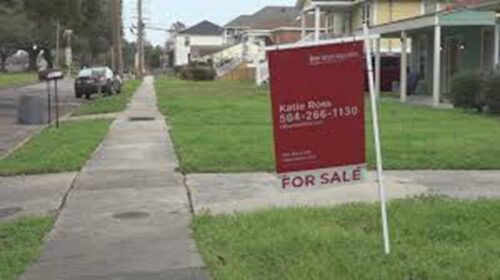
2.12.25 – WWLTV.com – NEW ORLEANS
Wednesday, local nonprofit The Data Center published Pathways to Prosperity, examining what’s behind Louisiana’s population decline.
Since 2020, Louisiana’s population has declined by roughly 50,000 people, according to census data. Much of that loss was driven by residents moving out of the state. A new report argues the state’s relatively slow job growth rate may be the primary reason behind the exodus.
The Data Center, a local research nonprofit, and the National Conference on Citizenship released “Pathways to Prosperity” on Wednesday.
“Louisiana was always off the charts in terms of the most severe weather events and, at the same time, the weakest economic growth,” said Dr. Allison Plyer, Chief Demographer of The Data Center, “so that confluence made us feel it was important to really focus on our own home state.”
The report suggests Louisiana’s sluggish job growth is driving so many residents out. “We know from national surveys that the number one reason Americans move long distances is for economic opportunity,” said Plyer.
She said that since 2000, Louisiana’s job market has grown by about 2%, lagging far behind the national average. The report points to the state’s longtime focus on “older industries,” like oil and gas, which it says have been increasingly turning to automation to cut costs.
To speed up job growth, the report recommends the state strive to become a leader in environmental innovation. “There are some great opportunities with the BP fund money,” Plyer said, referring to the multi-million dollar settlement the petroleum company paid to Gulf states in the aftermath of the Deepwater Horizon oil spill, which could be used “for coastal restoration, to really become experts in water management and really dominate the market nationwide.”
It also points to federal funding set aside for states to reduce industrial carbon emissions. Louisiana, being in the “unusual” position of having more of the state’s emissions come from industry than transportation, has many opportunities to do so, Plyer said. “The state really needs to have a new, aggressive vision for looking toward the future.”
